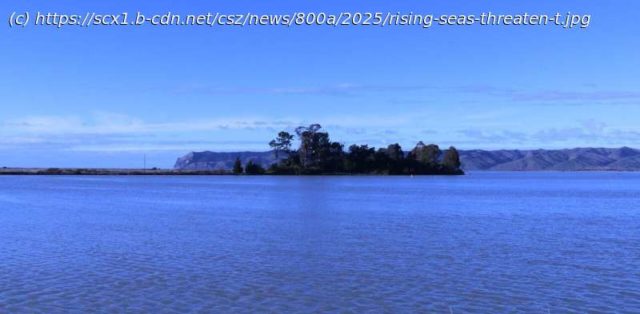One of Aotearoa New Zealand’s oldest settlement sites is at risk of being washed away by rising seas, according to new research.
One of Aotearoa New Zealand’s oldest settlement sites is at risk of being washed away by rising seas, according to new research.
Te Pokohiwi o Kupe (Wairau Bar) near Blenheim is a nationally significant archaeological site. It dates back to the first arrival of people and holds the remains of first-generation Polynesian settlers as well as many cultural artifacts.
The site is significant for the local iwi, Rangitāne o Wairau, because of its history of colonial exploitation and the eventual repatriation of koiwi tangata (ancestral remains) in 2009, which marks an important moment in the modern history of Rangitāne.
Coastal flooding is already a hazard at Te Pokohiwi o Kupe, but this increases dramatically as sea level rises. The study, led by Te Rūnanga a Rangitāne o Wairau in partnership with researchers at Earth Sciences NZ, shows about 20% of the site could be inundated during a 100-year storm event under current sea levels.
But with 50 centimeters of climate-driven sea-level rise, which could occur as soon as the 2050s under high-emissions scenarios, more than half of the site could flood in the same event. If sea levels rise to a meter, which could be reached during the early 2100s, three-quarters of the site will be inundated and subject to significant erosion.
During the first part of the 20th century, the site was raided by fossickers searching for curios. In 1939, they uncovered an urupa (cemetery) and disinterred the remains of one of the earliest ancestors, along with their sperm whale tooth necklace and moa egg.
Further « discoveries » drew Roger Duff, then an ethnologist at the Canterbury Museum, to the site in 1942. He led several excavations until the summer of 1963-64.
The Rangitāne community protested the excavations.






